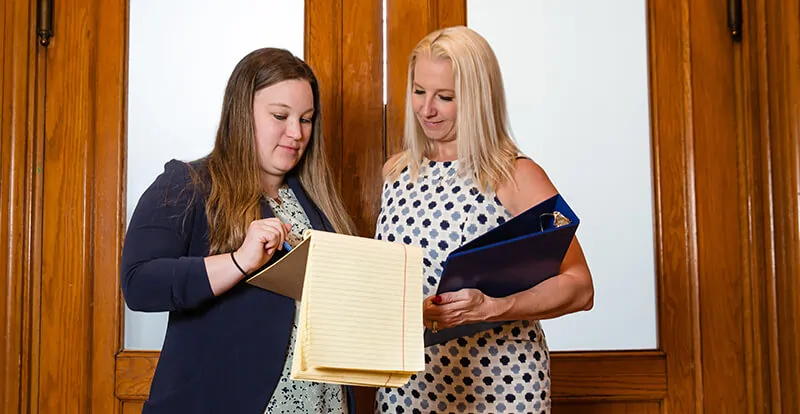How To File For Divorce In Massachusetts

Steps to Take Before Filing for Divorce in MA
Choosing to get a divorce is a big decision to make. Now that you’ve decided, your first step is filing for divorce in MA. How do you do this, and what do you need to begin? Read on to learn about how to file for divorce in Massachusetts.
RESIDENCY REQUIREMENT
Before you can file for divorce in Massachusetts, you should be aware of the state’s residency requirement that you must meet. To file for divorce, you must show that you or your spouse has lived in Massachusetts for at least one year. This residency requirement can be bypassed by filing a specific type of divorce, but more in a minute.
CHOOSING THE RIGHT PAPERWORK
Several factors could contribute to which divorce paperwork you file. These include the following:
- Suppose both you and your spouse agree to get a divorce and submit an affidavit stating that your marriage is irreparably broken, along with a separation agreement detailing issues such as child support, child custody, alimony, and property. In that case, you should file a no-fault 1A divorce.
- If you will be individually filing for divorce based on an irreparably broken marriage or if you and your spouse agree to divorce but cannot agree on divorce issues, then you should file a no-fault 1B divorce.
There is a third type of divorce you can file called a “fault divorce,” but it’s not recommended that you head down this route for a few reasons. First, you can only file fault divorce on specific grounds, such as adultery, cruel or abusive treatment, or imprisonment of a spouse for more than five years. If you cannot prove these grounds, your divorce may not be granted.
Second, because you must prove one (or more) of the accusations made in the initial filing, you may have a more expensive and lengthy divorce. This type of filing is a highly uncommon divorce in Massachusetts, and the court will likely recommend you include a 1B filing stating irreconcilable differences in addition to your other complaints to ensure a resolution of divorce.
However, a fault divorce can bypass the residency requirement we discussed earlier. If the reason(s) you claim for your divorce happened in Massachusetts and you have lived in Massachusetts as a couple before the incident, you can file for a fault divorce.
When you file for divorce, you will do so in the Probate and Family Court in the county you’ve lived in for the last six months. This rule applies regardless of whether or not you have established a new residence separate from your spouse. If you elect to move from the marital home in Worcester County to a new home in Middlesex County and wish to file for divorce, you must do so in Worcester County. This will also apply if your spouse moves to a different county in Massachusetts. You may also file in your spouse’s county if you have lived separately for six months, but you must file in your “home” county if your spouse lives in the same county after separating.
There are also fees associated with filing for divorce; current fees can be found on the Massachusetts website.
GET HELP FROM YOUR ATTORNEY
Choosing the proper paperwork and filling out everything accurately can be difficult when you are unsure of how to move forward in the process of divorce. You should consult with your attorney to help you file for divorce properly and to get you started on the right path. The team at O’Connor Family Law has been there before, and we will help you move forward with the first step in a divorce to get you through this challenging journey.
Learn more about divorce in Massachusetts or schedule a consultation by calling 774-703-3755 or visiting our website.


